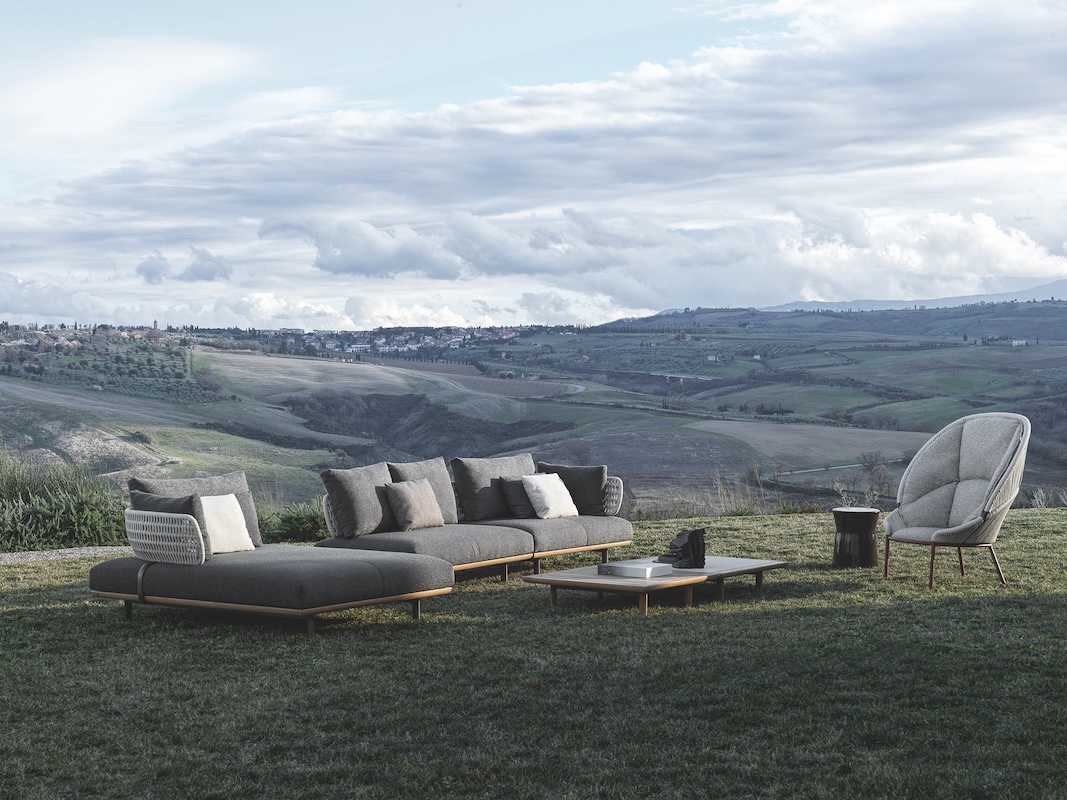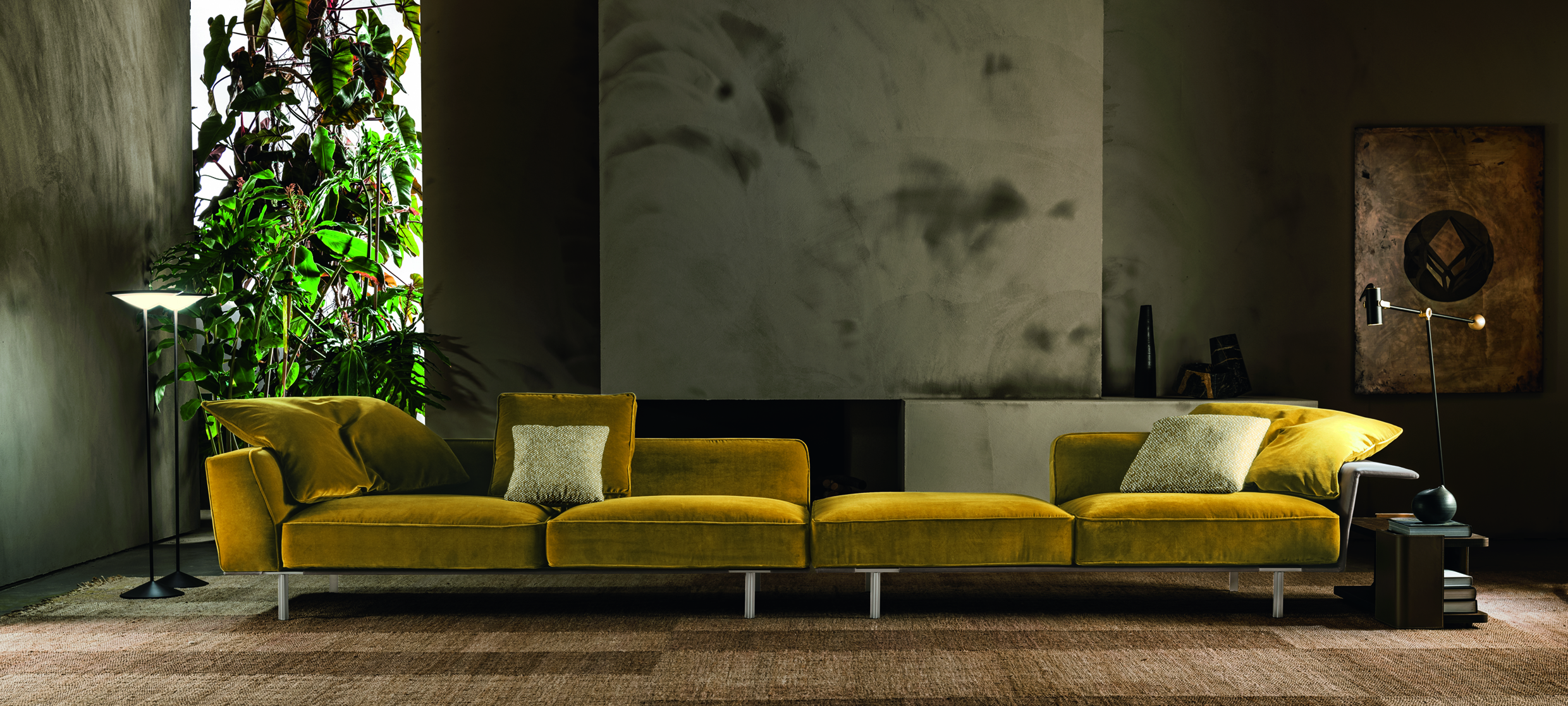The Award-Winning Designer Makes his Collaborative Debut with Molteni&C
The acclaimed Japanese designer Naoto Fukasawa has been working in his field since the 1980s, with a robust résumé that includes the founding of his own eponymous design studio in 2003, a role as the curator of The Japan Folk Crafts Museum, director of 21_21 Design Sight, and recipient of the 2018 Isamu Noguchi Award, among many honors and achievements. The ethos behind Fukasawa’s practice, “design without thought,” has allowed him to work seamlessly across all areas of the field, including interiors, architecture, electronics, and furniture. His intuition-led approach has aided him in projects for the likes of Issey Miyake, Samsung, Panasonic, the Xue Xue Foundation, B&B Italia, and, most recently, Molteni&C.
It was last year during Salone del Mobile in Milan that the designer made his collaborative debut with Molteni&C, introducing two pieces in the design house’s latest collection headed by creative director Vincent Van Duysen. Harnessing the label’s sleek, modern minimalism with ease, Fukasawa conceived two sophisticated furniture pieces: the rounded, encompassing Cinnamon armchair and a take on the classic chaise lounge, the reclining Tuscany lounge. To learn more about the collaboration and Fukasawa’s intuitive approach, Whitewall had the pleasure of speaking to the designer.
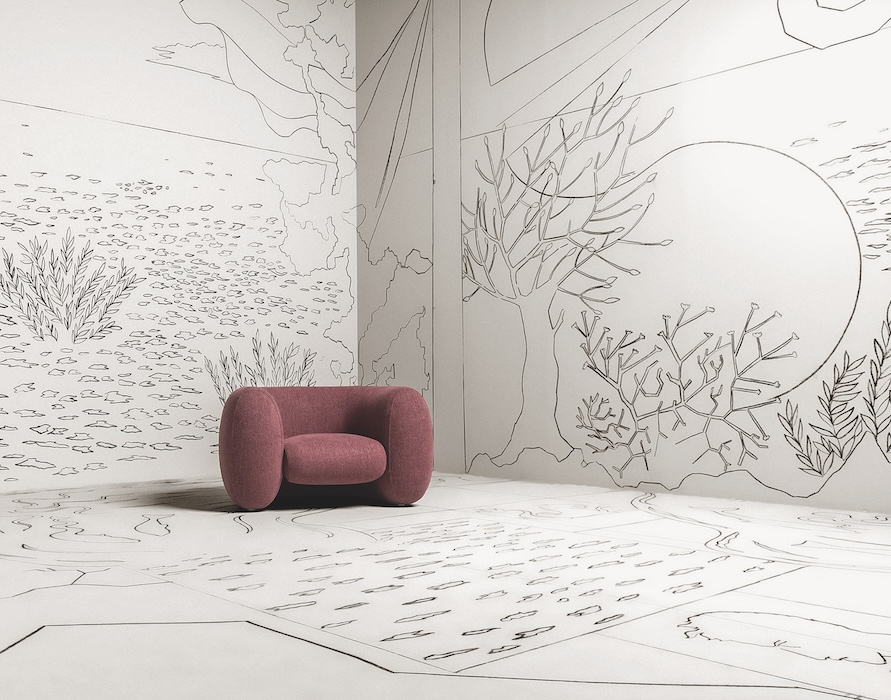
Courtesy of the designer and Molteni&C.
WHITEWALL: What was your starting point for your collaboration with Molteni&C, the Cinnamon chair, in particular?
NAOTO FUKASAWA: After the first meeting [with Molteni&C], I proposed to them an iconic sofa and chair that I had in my mind. They immediately like it and start making a prototype of it. The next meeting was in front of the prototype, and we were all happy. Molteni&C is one of the few family businesses that are left in the market. They have a long history, confidence, their own technology, and a strong brand. I was very happy they contacted me to work with them.
The main feature of the Cinnamon is that it holds and hugs your body. The shape of the Cinnamon is wrapping your body, in very soft comfort, like a mother hugging her kids.
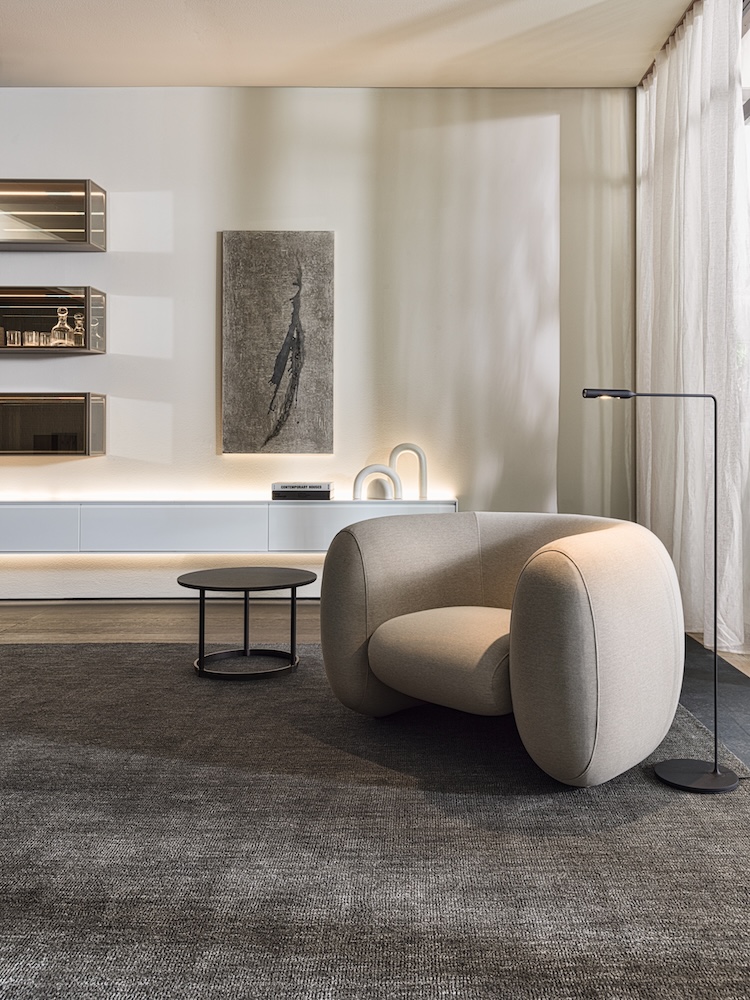
Courtesy of the designer and Molteni&C.
The Tuscany Lounge and the Cinnamon Chair Embrace the Essence of the Molteni&C Brand
WW: The Cinnamon chair was introduced to the world during Milan Design Week at Salone del Mobile, along with your Tuscany lounge and designs by others. How do you see your work interacting with the rest of the Molteni&C collection?
NF: Since I started working with Molteni&C, I learned more about their typology, color, finish, and atmosphere. My creation is naturally meant to follow their exciting brand atmosphere. I did not try to be outstanding compared to Molteni&C style and collection. I always try to fit in my products in harmony with the brand I design for. I am confident that my product designs fit well in the Molteni&C collection and its environment.
WW: What was the process of collaborating with Molteni&C? Are the two designs—the Tuscany lounge and the Cinnamon chair—connected in any way?
NF: Cinnamon and Tuscany have no strong typology relation, but of course, if you see both, they are under Molteni&C brand typology. Molteni&C itself used to make their surroundings for a comfortable life, a relaxing life. In that term, even though the items are different from each other, they both focus on comfort and relaxing moments. Form and shape are different, but the essence of design is related.
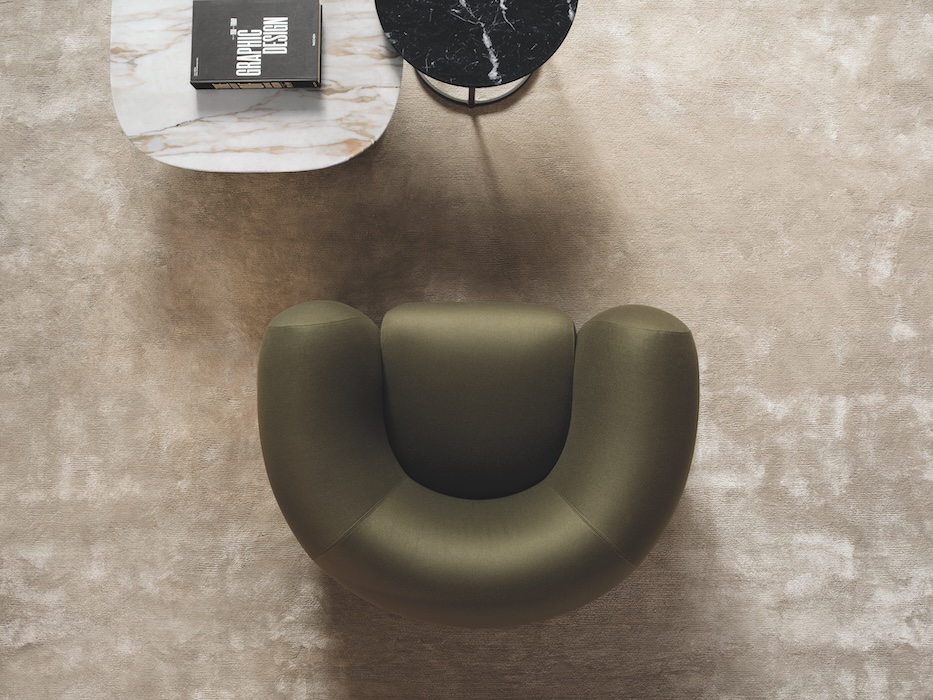
Courtesy of the designer and Molteni&C.
Naoto Fukasawa Design Communicates Harmonious Living
WW: Your philosophy of “design without thought” is based on following one’s natural instincts. What does this look like in the context of a studio setting?
NF: My design is always following people’s intuition. In our studio, all the studio members shared this philosophy and thought of this, too. Therefore, our communication is very simple between us even though it is not easy to reach it.
Not everyone can easily follow this approach to design. That is our strongest feature in the studio. We share the philosophy of the design, and then we can share it with all the people.
WW: Your design practice is pretty widespread and has included a range of things like watches, accessories, electronics, and furniture. How does the concept of designing without thought aid you in these different avenues?
NF: We all have the same unconscious; we share the same status of human behavior. But when we design, we do it with deep thinking. The designer has to think carefully about the right way to make, but the user should not think about this at all. When making the right tool or object for people, it is harmonized with life, in any type of product. And this is the main idea without thought. People use our design intuitively.
WW: Do you ever find instances where instinct alone is not enough?
NF: Sometimes the problem or issue itself is one of the factors in making things. Those issues or troubles help us to develop the idea, to solve it. Problems are the hints of the design or ideas element.
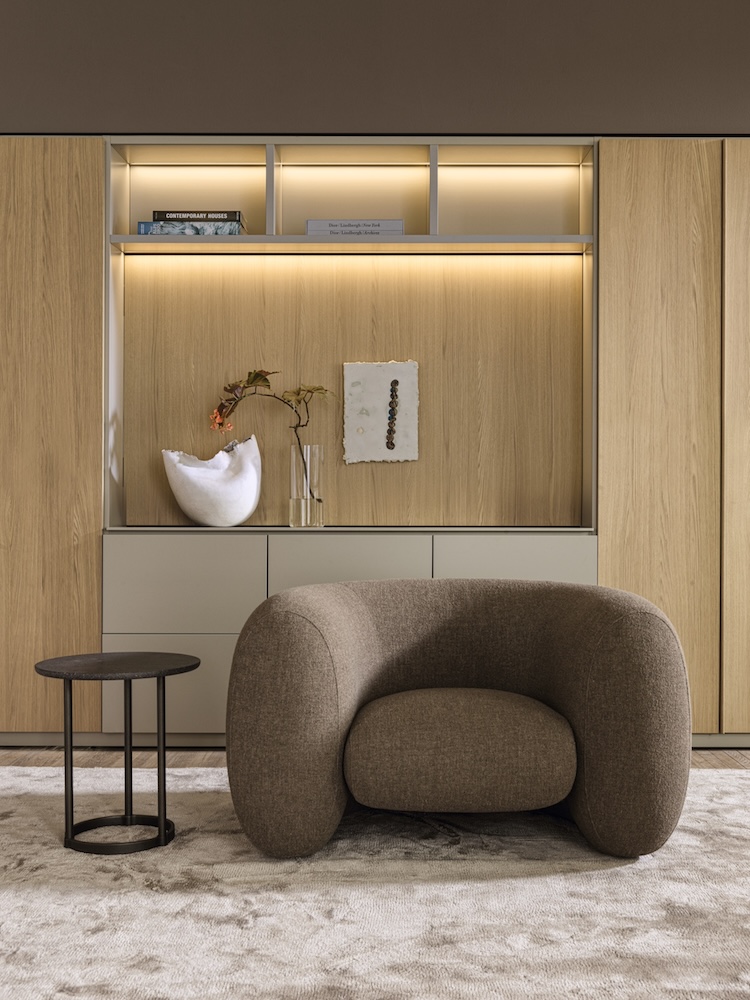
Courtesy of the designer and Molteni&C.
The Luminary Focuses on Human Behaviors and Attitudes
WW: Are there any areas of design or projects you haven’t yet explored but would like to?
NF: There is not one design category that I can name. My goal now is to make all the things integrated in life. I want to focus on human behavior and human attitude, to know what is comfort, what is happy, and what feels nice.
Normally, people are not aware of those kinds of things—comfort and a happy life. I want to make the world harmonious and integrated.





